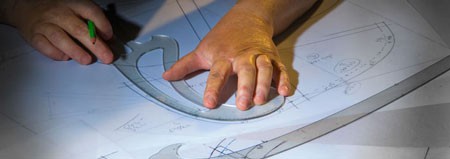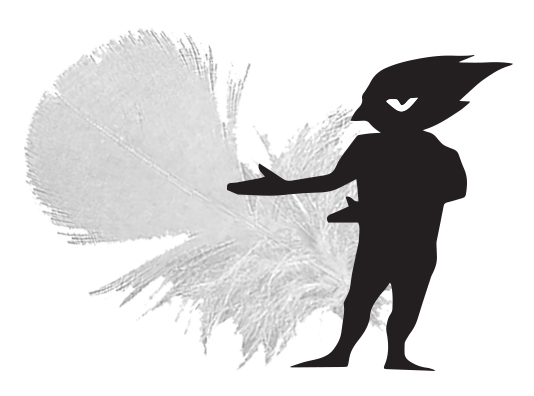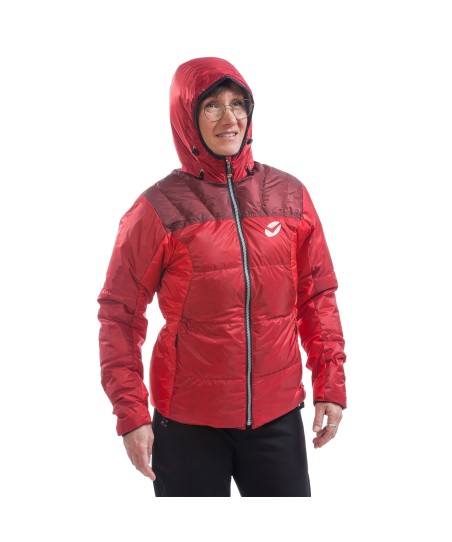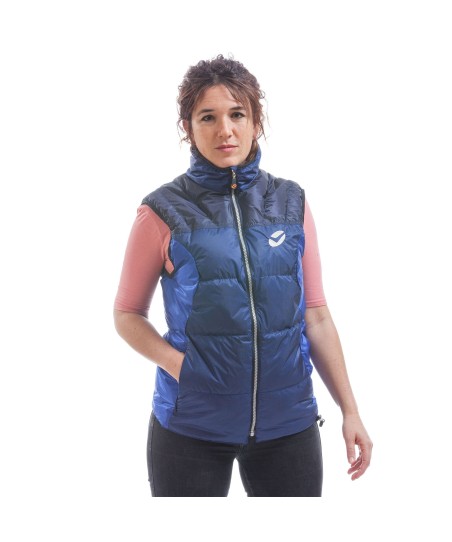Der Versand in die USA ist vorübergehend nicht möglich. Sie werden benachrichtigt, sobald der Service wieder verfügbar ist. Vielen Dank für Ihr Verständnis.
-
MenuZurück
-
Schlafsäcke
-
-
Shocking Blue NEO-Serie
-
-
-
Die La fayette
-
-
-
Swing CO-Serie
-
-
-
Outdoor Kleidung
-
-
Jacken & Westen
-
-
-
Jacken & Westen
-
-
-
Daunenhosen & Kombination
-
Auf Maß erhältlich
-
-
-
Daunenschuhe & Daunenhandschuhe
-
-
- Auslaufmodell
-
DESIGN
-
-
DAUNE
-
DAUNE

-
-
-
AUFBAU
-
AUFBAU

-
-
- ÜBER UNS
- Werkstatt
- Einzelhändler
- KONTAKT
Sign In
Register
Der Versand in die USA ist vorübergehend nicht möglich. Sie werden benachrichtigt, sobald der Service wieder verfügbar ist. Vielen Dank für Ihr Verständnis.
-
MenuZurück
-
Schlafsäcke
-
-
Shocking Blue NEO-Serie
-
-
-
Die La fayette
-
-
-
Swing CO-Serie
-
-
-
Outdoor Kleidung
-
-
Jacken & Westen
-
-
-
Jacken & Westen
-
-
-
Daunenhosen & Kombination
-
Auf Maß erhältlich
-
-
-
Daunenschuhe & Daunenhandschuhe
-
-
- Auslaufmodell
-
DESIGN
-
-
DAUNE
-
DAUNE

-
-
-
AUFBAU
-
AUFBAU

-
-
- ÜBER UNS
- Werkstatt
- Einzelhändler
- KONTAKT
Sign In
Register
The Low Down on Our Down

On high-altitude expeditions, weight and warmth are our primary concerns. Valandré’s goose down fill provides the best of both, and the story starts with the geese themselves.
Geese are migrating animals. Twice each year they migrate between the northern and southern hemispheres, flying up to 800 miles at altitudes reaching 24,000 feet. Temps at this altitude can drop as low as -60°F (-50°C).
So, as you probably can guess, a goose’s down is extremely warm.
The down in all Valandré goose down products comes from the French grey goose, bred in the south of France. Known colloquially as the Grey Goose of Toulouse, this goose is bred under strict control in specialized farms where female and male birds live freely in open fields. In order to avoid racial degeneration, different closely connected breeds are regularly introduced into the reproducing flock in order to inject new DNA, ensuring vitality of the line.
A goose’s down development consists of four stages, or molts. The fourth molt begins when the goose reaches its full size. During this period, the bird begins to "stuff itself" with the energy needed for its long migration flights. This energy is stored in the goose’s fat and liver, but the "excess energy" enters the new and final coat, making the goose’s new down the strongest, cleanest down coat of its life cycle.
It’s at this precise moment that we harvest the down.
This is the difference in insulating capacity when comparing Valandré to other brands. Many of our competitors source their down from geese raised for meat production, which are harvested after the third molt, or from older animals whose coats aren’t fresh and unbroken.
At Valandré, we don’t just harvest our down at the optimal point. Since we are already in a high-quality production area in France, Valandré has its own personal quality standard. The best down lots are selected and put aside exclusively for Valandré. Our down isn’t only from a mature, forth molt, fatty grey goose, it's selected from among the best lots available in the southwest of France.
After harvesting, the down is sorted from the feathers using tall, vertical tubes. A fan above gently pulls the feather/down mix towards the top of the column. Naturally, the goose’s down is lifted higher than its heavy feathers. Valandré only accepts down that makes it to the very top of the column, the most lightweight down on the goose.
This process is more art than science. For the entire process, an attendant closely monitors the vacuum level and down moisture content to ensure a perfect sorting. The down is then washed, dried, sterilized, and fluffed. Finally, it’s ready for the 3-hour ride to our factory, where it breathes life into every one of Valandré's down products.
It’s this singular, unmatched and 100% pure "fatty" Grey Goose of Toulouse down that will keep you warm and safe, no matter the altitude or conditions. This is the warmest part of the coat from an animal that flies 800 miles, at 50 miles an hour, at an elevation of 24,000 feet, and of that down... it’s the best of the best.
This exclusive down can be sourced only from one specific region, and you can only get it from one company: Valandré. In other words, with our down, you’re getting the cream of the cream of the cream of the crop.
This leaves us with a final question: What’s the filling power?
Many brands make exaggerated claims about the quality of their filling power. We’ve been in the game for a long time, so we’ll tell it to you straight.
The fact is, when harvesting from a unique and totally mature "fatty" grey goose from the fourth molt, it's not possible (or at least extremely difficult) to exceed a fill of EU 800 cubic inches (US 850 cuin). It’s possible in an extremely small quantity, but not with steady annual production. Some brands even claim to reach EU 800 cuin when harvesting third-molt Eastern European down from meat production geese, which is neither realistic nor believable.
Besides, overfilling is actually a negative. Down is not warm by itself. The insulation comes from its exceptional capacity to trap body heat, which is dependent on a balancing act between compartment volume and injected quantity. When down gear is overfilled, it alters this balancing point, creating compression. Compressed down doesn’t trap more body heat, at all.
That’s why at Valandré, we only use the optimal density, the perfect blend between volume and injected quantity. We guarantee a steady max down fill of 800 cuin EU/850 cuin US.
The best down from the best geese. It’s that simple. No exaggeration, no marketing tricks. Just warm, lightweight down.





























